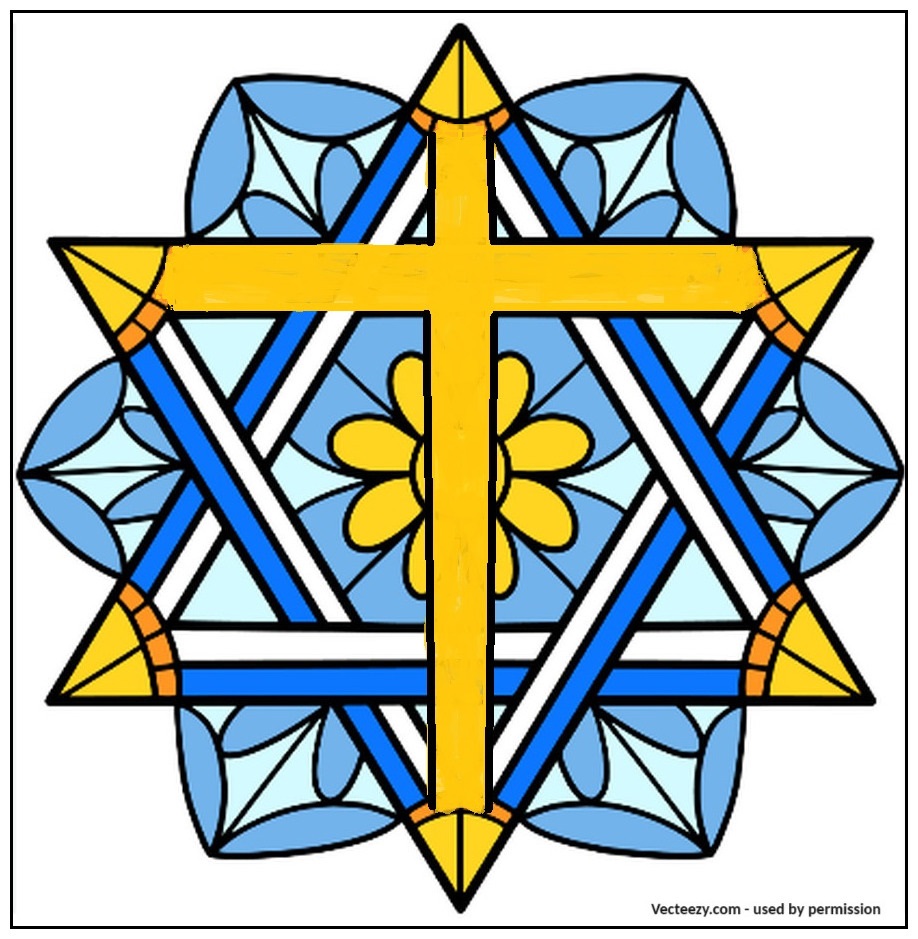THE TRUE CHRISTIAN FAITH
![]() Below is the Foreword from the Christian classic de fide Orthodoxa by St. John of Damascus in the eighth century. I've just finished re-editing, reformatting, updating and cleaning up the text. You can read it online and save this link for future reference: https://agape-biblia.org/literatura/#de-fide. You can also download it as a free *.epub-format e-book! Here it is:
Below is the Foreword from the Christian classic de fide Orthodoxa by St. John of Damascus in the eighth century. I've just finished re-editing, reformatting, updating and cleaning up the text. You can read it online and save this link for future reference: https://agape-biblia.org/literatura/#de-fide. You can also download it as a free *.epub-format e-book! Here it is:
This book, De Fide Orthodoxa in Latin, by St. John of Damascus was the first systematic theology of the whole Christian Church, and was originally written by a man who lived at the time when the Church was still united. St. John labored under Arian Muslim rule in Damascus. He produced this first systematic theology of Orthodox Christian doctrines and he is considered a saint in both Eastern Orthodoxy and Western Catholicism, and is also commemorated by the Lutherans, Anglicans, and Episcopalians.
In the seventh and eighth centuries when St. John lived, there was no "Roman Catholic Church" or "Eastern Orthodox Church" – there was just one true Christian Church and one pre-schism, pre-denominational, true Christian faith, although the East disputed the Roman claim to total papal supremacy. The words "orthodox" and "catholic" had different meanings than they do today: the word "catholic" meant "universal" in the same sense as "ecumenical" (the Ecumenical Patriarch lived in Constantinople), and "orthodox" meant "true faith" or "right praise (worship)." In other words, there was just one true faith for the Christian Church world-wide. This is the sense in which we should understand the Latin title "de Fide Orthodoxa" – one true faith of the entire Christian Church.
St. John was highly educated in the sciences of his day. With our modern instruments, we now know that the universe does not rotate around the earth, but that is how it appeared to people at that time. Today we still use words like "sunrise" and "sunset" although we know better – we still see the world from our human perspective. In St. John's day, however, people had not given up on the search for objective truth as many have done today. The Church through the oversight of the councils of bishops has remained true to the Christian Faith, even if one Christian, even a saint, may have human failings.
At the end of the Liturgy that dates back to three centuries before St. John of Damascus, we sing – "We have seen the true Light, we have received the heavenly Spirit, we have found the true faith, worshiping the Holy Trinity Who has saved us." To the modern ear, this sounds rather audacious – claiming to have the true faith. But there is the true faith, not just one of many denominations that each claim to have the truth, which has led to the worldview of relativism that says truth is relative and subjective, each person has his own truth, his own reality...
But there can be only one objective reality, one universal truth, one Supreme Being, and one true and visible Church. The idea "everything is relative, there are no absolutes, except this statement – it's absolute" is obviously absurd and thus untrue. So there must be one Absolute Truth. But finding it is not easy: we must search for it with all our heart and all our soul. This book is written in a declarative voice, no "ifs" or "perhaps" or "it seems to me" – it claims to be the "summa theologia" of true Christian faith.
The Church had been struggling for seven centuries against various false teachings – "heresies" – most notably Arianism and Iconoclasm. Arianism was the false teaching that Jesus was a good man, a moral teacher, perhaps even a prophet, that God came upon Him when He was born or baptized, He taught lofty morals, and He was crucifed and buried. Period. He was not considered to be the pre-eternal Son of God. The Arians were condemned as heretics at the First Ecumenical Council (323 A.D. – Nicea) and were exiled from the Greco-Roman Empire into the deserts of Arabia.
Iconoclasm was the heresy that God is so much higher and greater than human understanding that He cannot be depicted in an image ("ikon" in Greek), so Christ and the saints must never be depicted in images ("icons"), which contradicts the Scripture that Christ is the express image –ikon – of the Father (Hebrews 1:3). Therefore, the iconoclasts went about destroying icons and persecuting those who venerated (reverenced) icons. The iconoclasts were also exiled from the Greco-Roman Empire. Eventually these two major heresies were combined into one by an illiterate desert Arab and his followers, resulting in Islam, which turned against the Empire and eventually conquered much of it.
This is the historical context in which St. John of Damascus lived. Christians were often persecuted and killed by the Muslims, but also sometimes allowed to live as subjects to the Islamic Empire. Thus, the more highly-educated Christians might become servants directly under their Muslim rulers, just as the prophet Daniel served the king of Persia. This was the case of St. John of Damascus, who under Muslim (Arian and Iconoclast) rule served in the Muslim Caliph's court of Damascus. But because St. John refused to stop writing about the true Christian faith, he too was eventually persecuted: his hand was cut off.
Go to our ARC-News website to read our free e-newsletters and Subscribe You can read and download the whole article at https://agape-biblia.org/literatura/#de-fide, and share it!

No comments:
Post a Comment